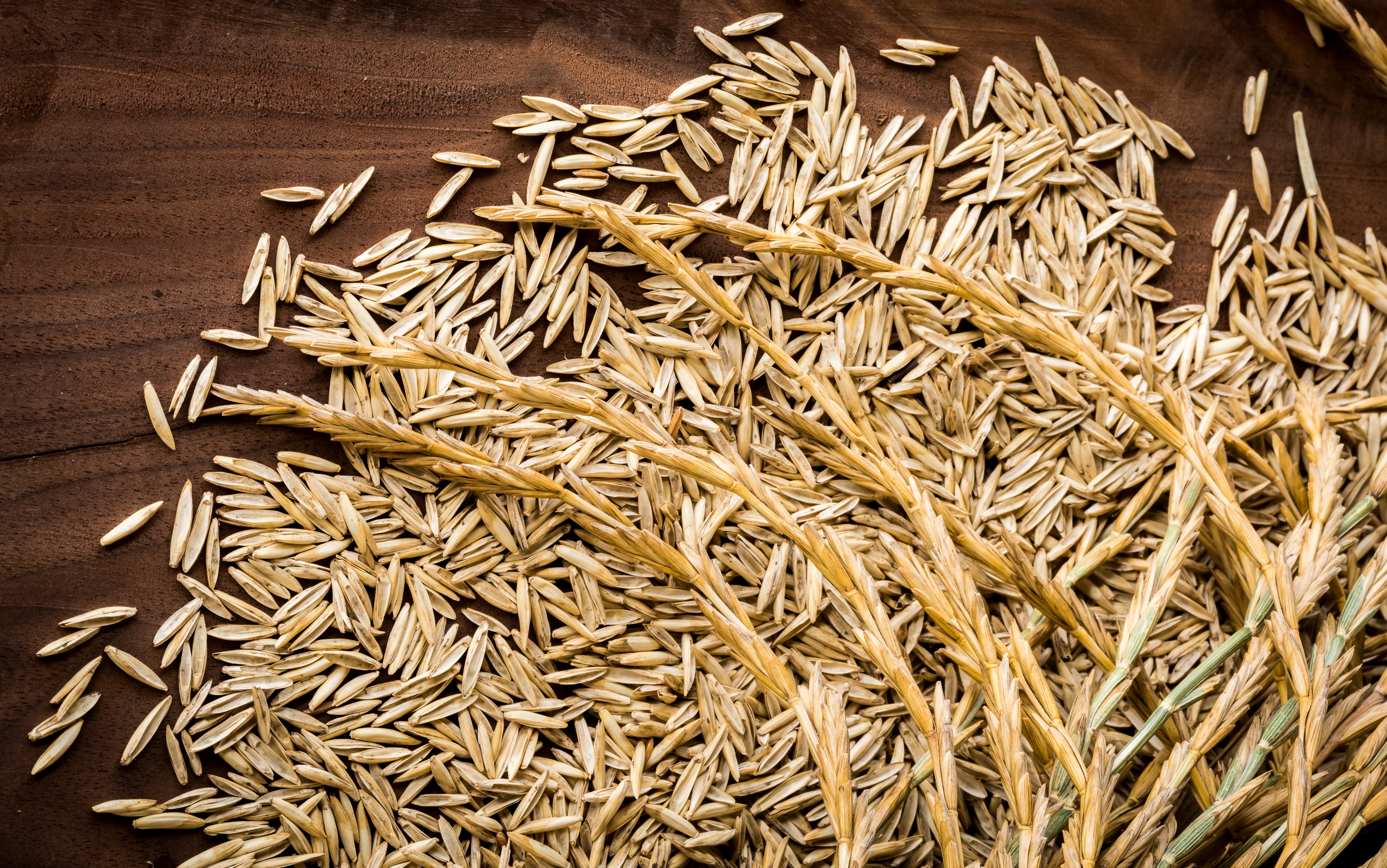Can drought tolerant Kernza alleviate Colorado’s water crisis?
Published: February 8, 2023
Category: Regenerative Agriculture
 Kernza intermediate wheatgrass
Kernza intermediate wheatgrass
Colorado’s Grand Valley and Western Slope regions are experiencing the driest stretch in the last 1,200 years, forcing farmers to look to alternative crops. Colorado State University’s Western Colorado Research Center is focusing on a perennial, intermediate wheatgrass strain that is particularly drought tolerant.
Kernza, named by The Land Institute in Kansas, has been grown in the Central Plains states for decades, mostly as a quality forage. But Perry Cabot, water resources specialist at the Center, wants to try out the grain in a different climate and topography.
Kernza could use about 30% less water than alfalfa hay, he surmises—a “conservative” estimate. In light of scantier water available (for agriculture and human use) from the Colorado River Basin, Tess Peters of The Land Institute says these crops could require less irrigation. Rancher Paul Bruchez hopes the wheatgrass will establish roots—Kernza’s root system can be 12 to 15 feet—so that in periods of drought the crop will produce, whether irrigated or not. As a first step this year, Bruchez is aiming to get some Kernza to germinate—something no one has yet done at 8,000 feet with this short growing season.
Cabot sees an exciting payback—as a perennial cover crop, Kernza could also be marketed as a grain. The Land Institute has confirmed a market for it, for bread bakers as well as whiskey distillers. In addition, conservation programs will pay Colorado farms for the water savings.
The USDA is beginning research on Kernza at seven different locations, one in Colorado’s Eastern Plains. “There’s clearly a need for alternative crops, particularly on marginal lands where water supplies for irrigation might be more and more limited,” noted Grace Miner, USDA researcher.
Source: Colorado Sun
To view source article, visit:
https://coloradosun.com/2022/10/10/wheatgrass-help-colorado-farmers-less-water/
Organic & Non-GMO Insights, February 2023








